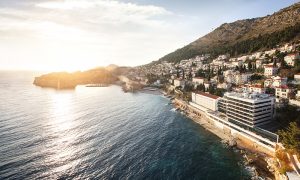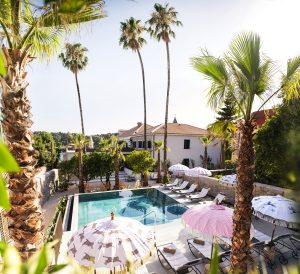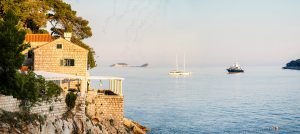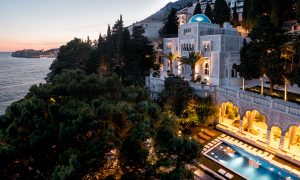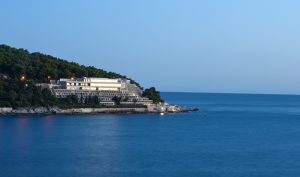Sea salt – a pure white “sea diamond”
It was put into verse by Homer and Cicero….
The ancient Greeks used it for healing purposes…
It was a source of power for empires, wars were fought for it, cities were founded because of it, it was used as a form of money…
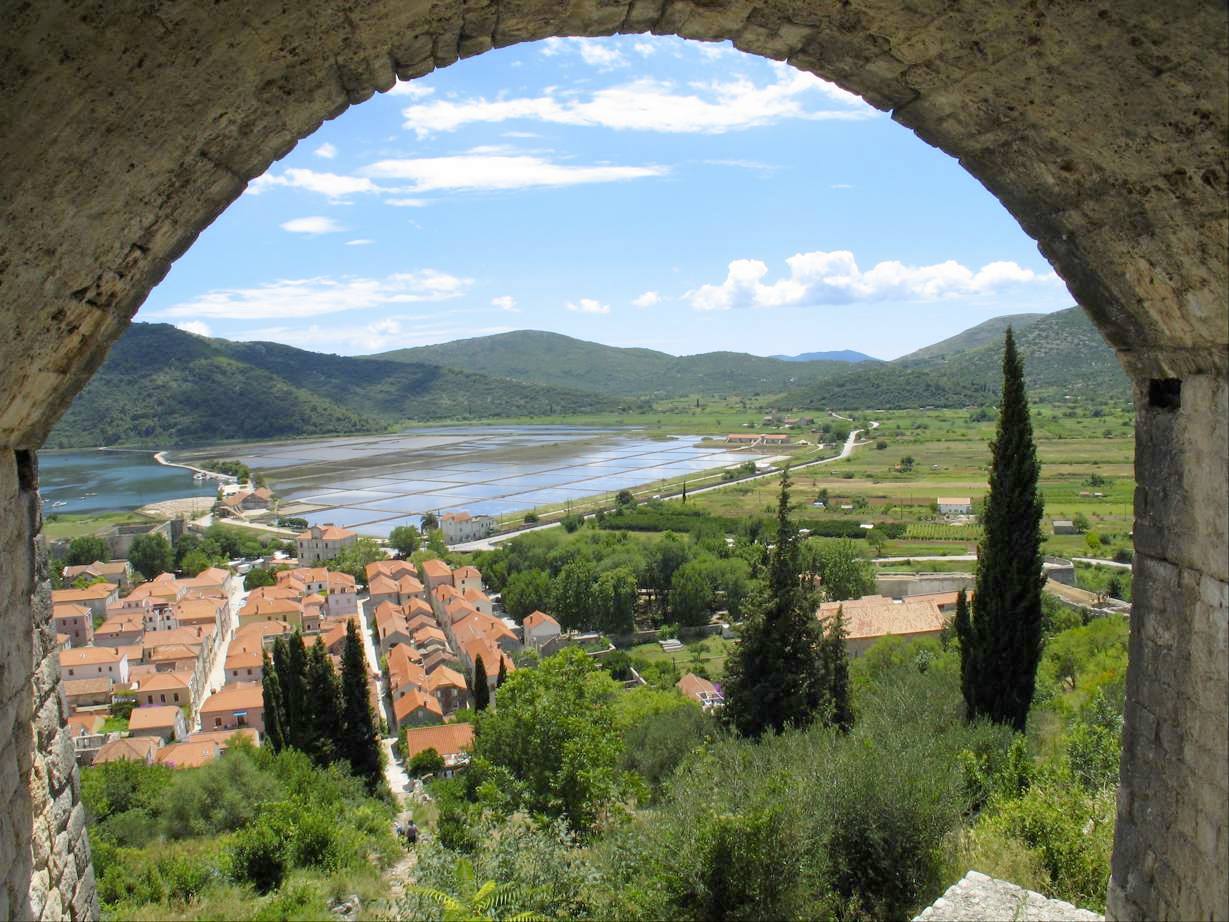
We are talking about salt, of course!
Read on to discover how salt is produced and how you can be a part of its creation.
In today’s highly developed technological time, it is almost hard to believe that somewhere out there, is a place where the sea shoals meet the sun, where the bays have formed in a natural broad shallow shelves hiding, but in the same time revealing, treasure mines of “white sea gold”.
23 km from Dubrovnik lays the small town of Ston, with the longest medieval fortification walls in Europe (5.5 km in length). Nestled close to the mainland that connects the longest eastern Adriatic peninsula of Pelješac, one can find there 4000-year-old salt pans hidden between the fertile fields and the deep Bay of Ston.
And guess what? Not only is it one of the oldest and the best-preserved salt pans in Europe, but it is also the oldest one active in the world using natural techniques dating from the Dubrovnik Republic of the 14th century.
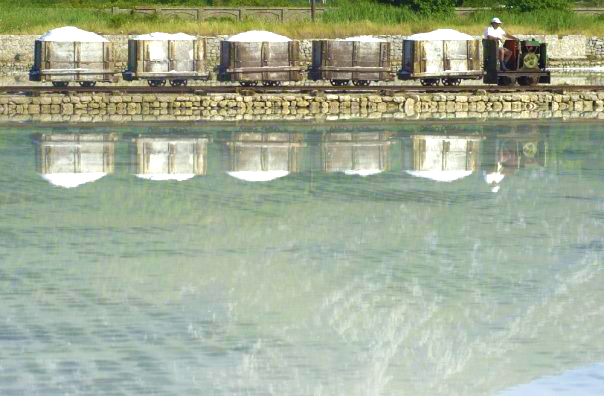
The Ston salt pan spreads over 400,000 m2 of flat surface and is made up of 58 pools, divided into five groups. Out of eighteen crystallization pools, today nine are still in use and are named after saints: Francis, Nicolas, Balthazar, Mary, Anthony, Joseph, John, Peter and Paul. One bears the inscription Mundo (meaning world) since in the past the salt from this pool was given to the poor who could not afford it.
In the times of the Dubrovnik Republic, there were two additional pools, Vlaho and Lazarus, with granite bottoms which were used for extracting the purest salt (the salt flower) that was then sent to the royal court in Vienna.
Ston salt is unique in the world; it is the only salt that has no bitterness and does not require any additives against clotting so it can be immediately packed for sale as soon as it has been collected and put into storage.
SALT HARVESTING
Sun, sea, wind and man join forces to produce an excellent organic salt – those “divine“ white grains, which become available only once a year.
Salt harvesting requires hard work and the salt has to be gathered quickly and within only a few dry days under the strongest August sun. Unlike anywhere else, salt is produced here in the traditional way, like it used to be at the time of the Dubrovnik Republic. The only difference is that in ancient times people carried salt in sacks on their shoulders, while nowadays it is transported in wooden wagons.
The first preparations begin in May, at the time of high tide, when seawater from the Ston channel is let into the salt work area made out of connected pools.
As soon as the sea reaches a certain level of salinity (usually it takes about 45 days) it is released into the crystallization pools. The sun’s energy warms up the sea water, and after ten or 15 days it gradually evaporates and creates the first salt crystals. That is when salt harvest begins.
One of the main conditions is that there must be no rain in the period from early July to mid-September. Otherwise, the salt harvest is lost.
In order for harvest to succeed, it takes about 23 gatherers. Some of them are experienced locals from Ston; however, during the harvest time, the Ston salt pan becomes an important tourist destination that attracts volunteers all over the world wishing to experience a traditional salt harvest. Many volunteers come to Ston through the organization “Eco Heritage Task Force” in cooperation with the Croatian Heritage Foundation.
For the harvest, each volunteer is given appropriate clothing, and the harvest starts. When the first sun rays lighten the salt pools, every morning at six o’clock the salt pool opens, and the gatherers enter and start to pile up the salt in four lines right next to the rails where empty wagons are waiting to be loaded.
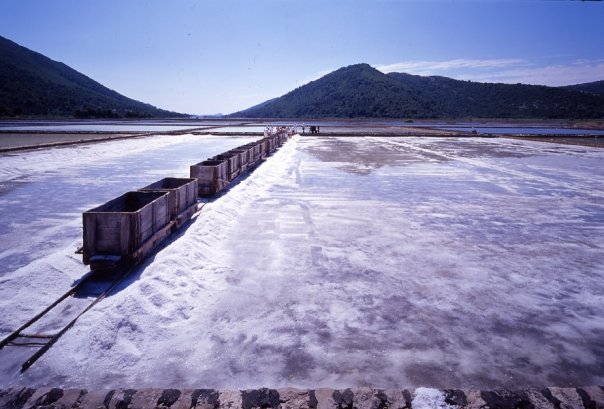
After that, the gatherers load in the salt with shovels into wooden wagons without knowing how much time or how many shovels it will take to fill an entire wagon. So each day the quiet dawn gets interrupted only by the sound of the shovels and salt piling up in the wagons. The capacity of each wagon is one ton, therefore 30 to 100 tons of salt are gathered each morning out of one pool.
When a wagon is full, the gatherers push the wagon out of the pool.
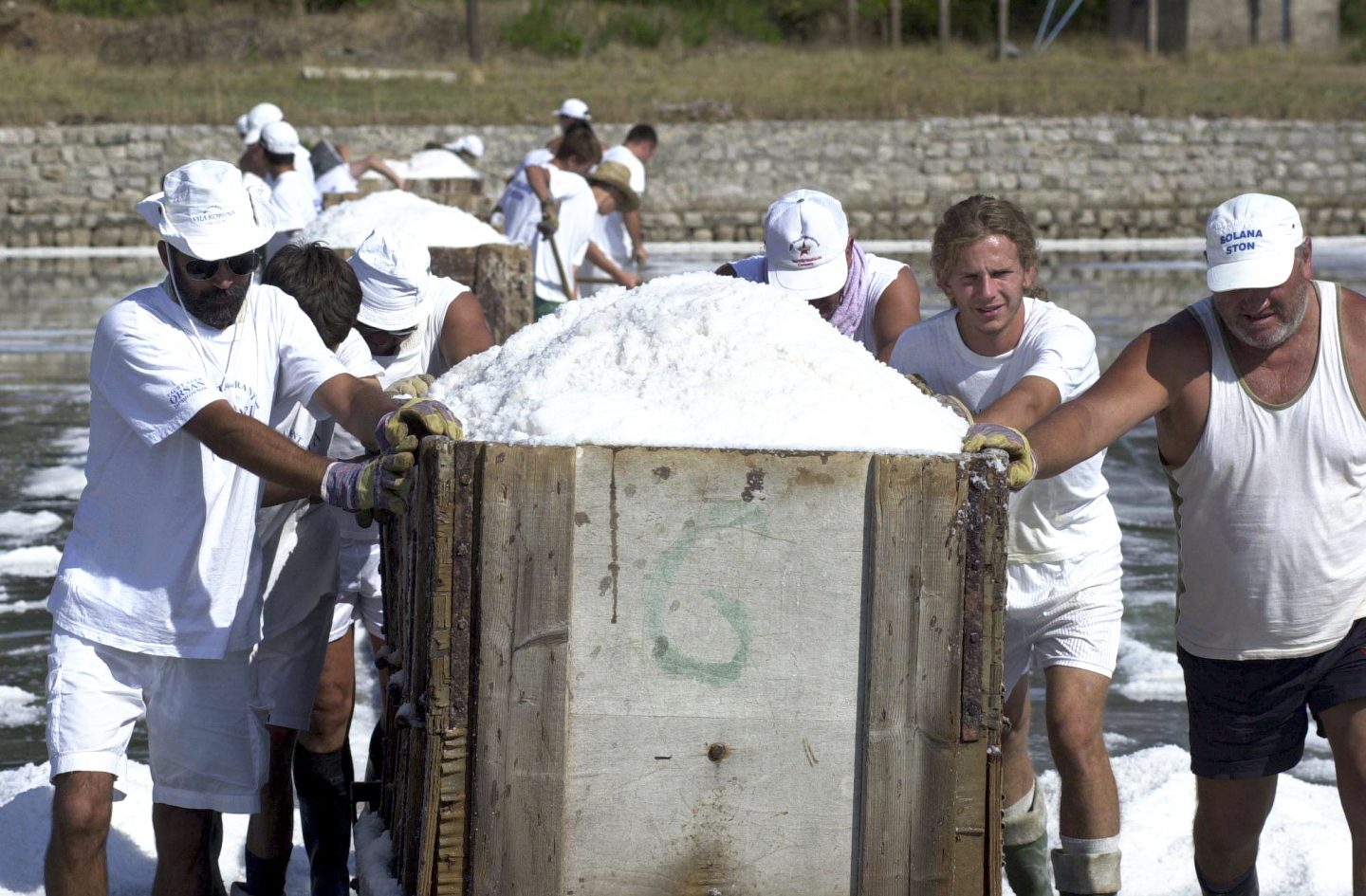
Often, the wagon slips off the rails and they have to solely with the strength of their hands push it back onto the rails while gazing at the slippery salt piles.
Finally, when the wagon is pushed out of the pool, a 70 year old locomotive carries the salt to the top of the storehouse. The whole storehouse is made out of stone, coated with wood so, the salt falls, naturally drains, dries and on the sixth day, it can already be packed. Precisely because of this production method, the salt from Ston is unique, with the finest quality and no bitterness.
The break is from 9:00 to 9:30h with lunch and refreshing beverages. After the break, the harvest continues until noon, every day except Sunday. By noon, when all the salt from the pool is gathered, the pile of white grains turns into a white hill as if snow has fallen in the middle of the August.
Not only do the volunteers learn this unusual craft, they also enjoy leisure activities such as swimming, wine tastings and visits to events such as the Ston Summer.
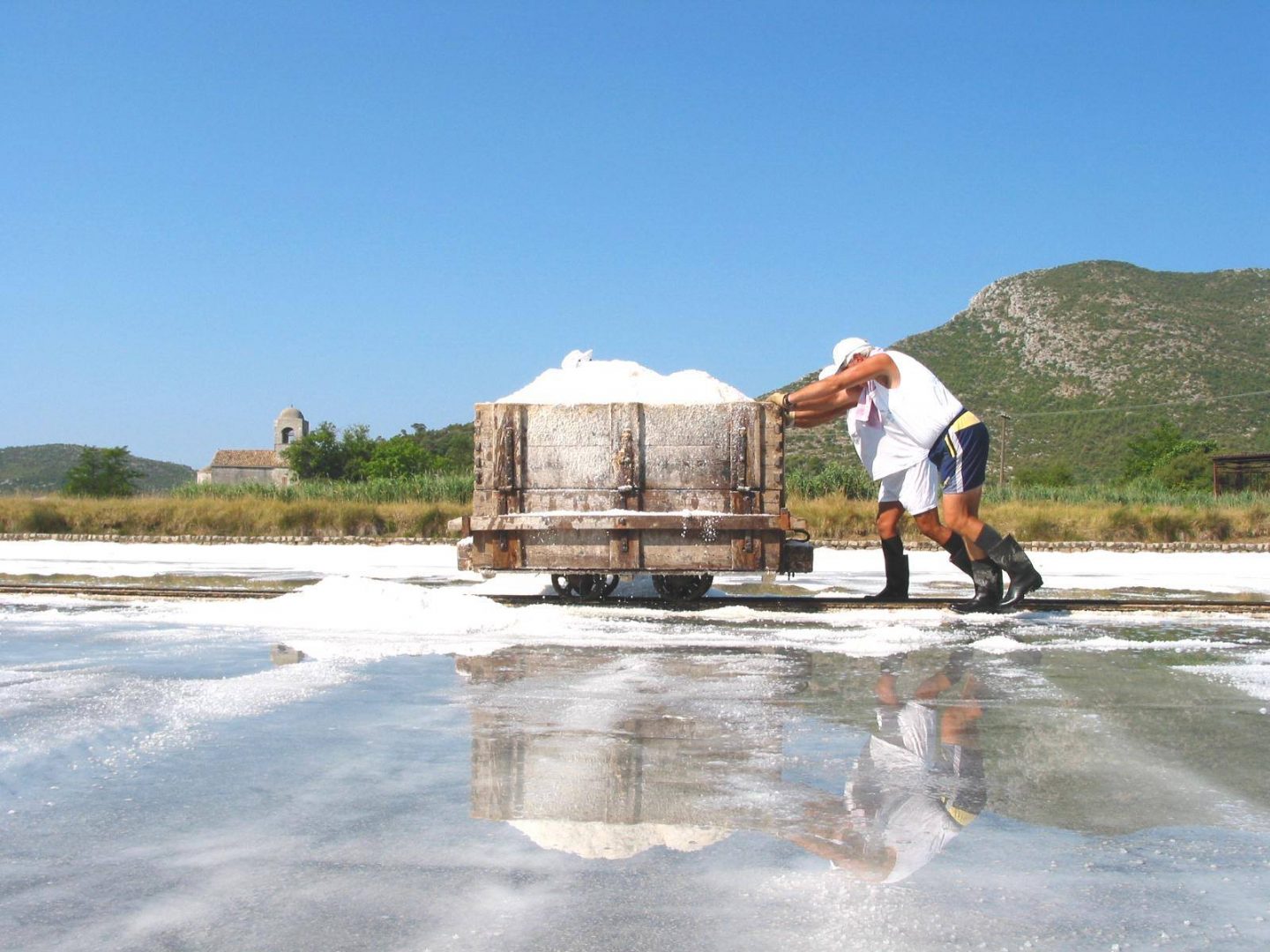
This fascinating salt gathering attracts tourists, who watch and photograph it. It is an attraction that catches every human eye since people often don’t believe that this is the way the work is actually done. If you wish to be a part of a traditional salt harvest – we encourage you to do so. It’s a once in a lifetime experience, but it’s worth every muscle in your body!
For info:
During the summer the Ston salt pan is open for visitors from 07:00 to 19:00, and during winter time from 07:00 to 14:00.
Entrance ticket is 15 kn per person.
The video and the images are taken from the official Facebook page of Solana Ston Salinas
Visit us on Instagram


